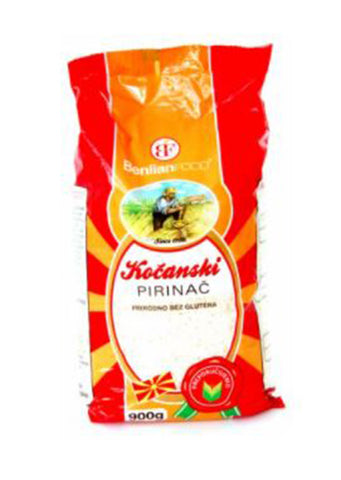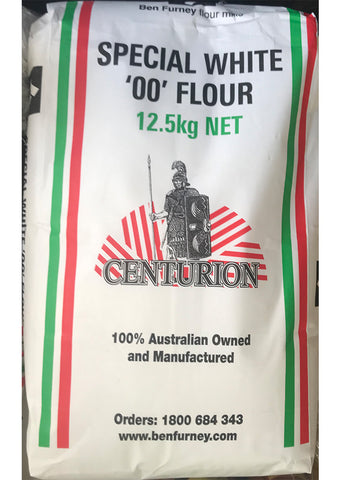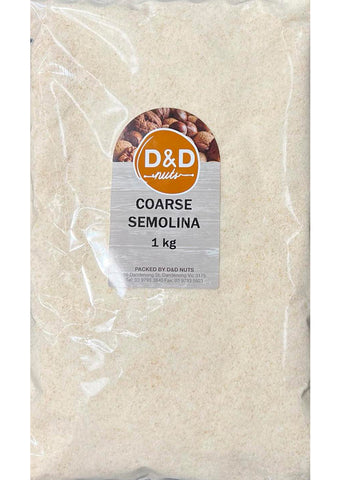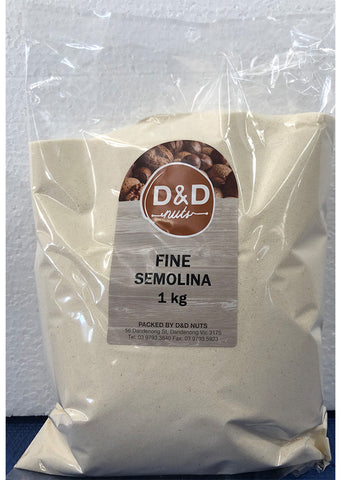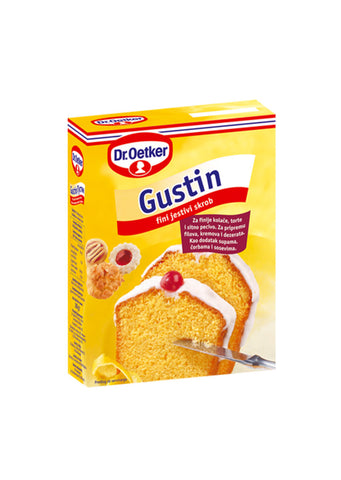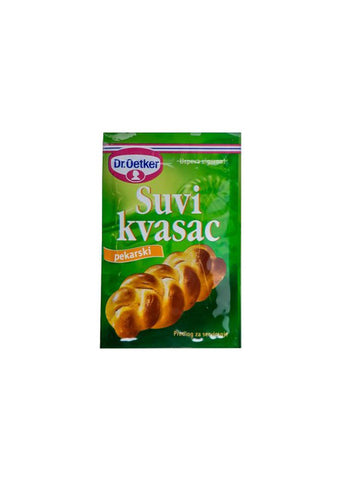Product
Vega - Whole grain buckwheat flour 500g
Whole grain buckwheat flour Although the buckwheat is not cereal, it is considered a mill product because the way its processed is the same as the other cereals. Buckwheat is a plant which grows in hilly and mountainous areas, and...
Whole grain buckwheat flour
Although the buckwheat is not cereal, it is considered a mill product because the way its processed is the same as the other cereals. Buckwheat is a plant which grows in hilly and mountainous areas, and only recently it started to be grown in lowland areas. Advantage of buckwheat is that it is very suitable for organic production because it does not require supplemental fertilizers, and it is resistant to disease.
Composition and nutritional properties of buckwheat are very similar to other grains. its characteristic are: high content of starch, distinctive look, it has the same level of lipids and proteins as wheat, but the composition of amino acid in buckwheat is much better balanced because its substantial share of lysine and tryptophan. In addition, buckwheat contains valuable vitamins and minerals, most notably magnesium.
This composition makes buckwheat suitable for human consumption, especially vulnerable groups of people such as the elderly, pregnant women and others.
Buckwheat is used in two basic forms. Mostly it is used in the form of flour, and in some parts of country buckwheat is increasingly used as a soup.
Whole grain buckwheat flour is used for baking and making special products, such as pancakes.
In order to produce the finished product, buckwheat has to go through a complicated refining process which includes:
1. Calibration of grain and extraction of impurities
2. Peeling
3. Grinding
4. Packaging
Calibration of grains and extraction of impurities is performed on specially tuned aspirators. Peeling is performed on the centrifugal device for peeling, and milling is performed on a millstone.
Commercial packages are:
500 g intended for households
_____________________________________________________
Heljdino integralno brašno
Heljda, iako ne spada u žita, smatra se mlinskom sirovinom jer se preradjuje u principu na isti način kao i druga žita. Heljda je biljka koja uspeva na brdsko-planinskim područjima, a tek od nedavno počela je da se gaji u ravničarskim područjima kao poststrni usev. Pogodnost heljde je što je vrlo pogodna za organsku proizvodnju jer ne zahteva prihranu veštačkim djubrivima, a otporna je na bolesti.
Po sastavu i prehrambenim svojstvima heljda je slična ostalim žitima. Odlikuje se visokim sadržajem skroba, specifičnog izgleda i osobina, sadržaj lipida i proteina je na nivou žita, ali se razlikuje po aminokiselinskom sastavu koji kod heljde je znatno bolje izbalansiran jer je znatno učešće lizina i triptofana sa kojima su ostala žita deficitarna. Pored toga heljda sadrži dragocene vitamine i mineralne materije gde je od posebnog značaja magnezijum.
Ovakav sastav heljdu čini pogodnom za ishranu, a naročito osetljivih grupa kao što su starije osobe, trudnice i dr.
Heljda se koristi u dva osnovna oblika. Najviše se koristi u obliku brašna, a u nekim krajevima heljda se više koristi kao varivo.
Heljdino integralno brašno koristi se za pekarske i specijalne proizvode kao što su gibanica, palačinke i drugi specijaliteti.
Da bi se došlo do konzumnih proizvoda heljda mora da prodje kroz dosta komplikovan proces prerade koji čine:
1. Kalibracija zrna i izdvajanje primesa
2. Ljuštenje
3. Mlevenje oljuštenog zrna
4. Pakovanje
Kalibracija zrna i izdvajanje
primesa vrši se na specijalno podešenom aspirateru. Ljuštenje se obavlja na centrifugalnoj ljuštilici, a mlevenje oljuštenog zrna na mlinskom kamenu.
Komercijalna pakovanja su:
500g namenjeno za domaćinstvo

